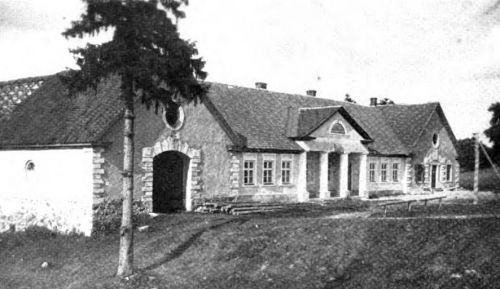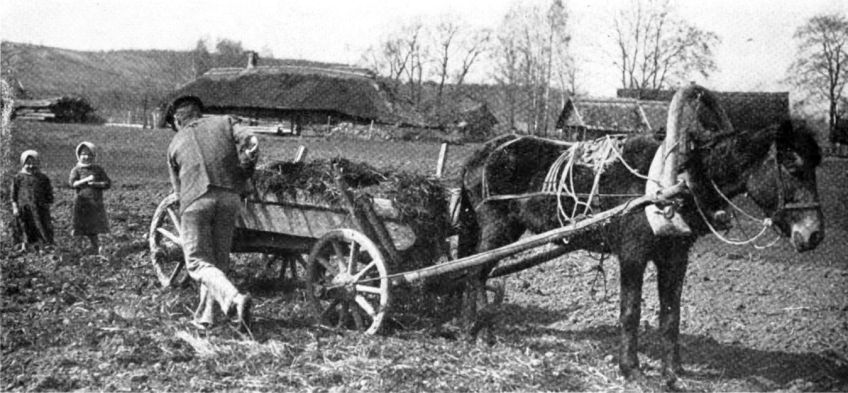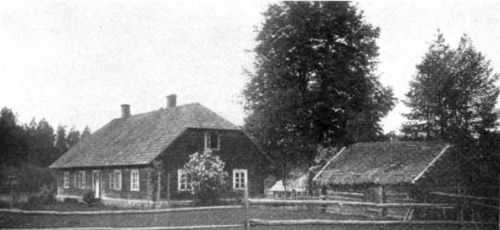SOIL FERTILITY OF LATVIAExhibit at the International Soil Congress, Washington, D. C.Reported by Dr. LOUIS E. VAN NORMAN, Commercial Attaché, U. S. Department of Commerce
AT the International Soil Congress, held in Washington, D. C., in June last, the most impressive feature to the writer was the exhibit of Latvia. A really remarkable series of thermometer-like tubes, in which actual soil of the republic was shown, indicated exactly the "profile" of the ground upon which its agricultural wealth is borne. At the next Congress, which will be held in Leningrad, even more varied and detailed specimens of Latvian soil profile will be shown.

The accompanying descriptive literature explained that the crop yields of the Latvian Republic depend, to a very considerable extent, on climatic factors. At present (1927) these yields are rather low, the average being only 12 quintals per hectare. These yields are steadily—if slowly—increasing and to-day new farms can be found with outputs of 35 quintals of corn and 80 quintals of clover per hectare. Average hay yields are still comparatively low. Drained and well-fertilized meadows, however, yield heavily. New river sediments are particularly productive.
The soils in Latvia, generally speaking, are formed of boulder clay and the products of its washing out. Only a comparatively small extent is alluvial or lake sediments. There is much peaty soil — not as yet extensively cropped — and a good deal of bog.
Fluctuations in yield, caused by climatic factors, are not uniform, nor due to the same factors. In the steppe region such variations are, for the most part, due to a deficiency of moisture resulting at times in a complete failure of the harvest The presence of sand and, in general, inferior qualities in the soil in the humid sections are responsible for fluctuations there. Authorities who have studied these fluctuations claim that they may be foreseen and — to a certain extent — avoided. Farmers, it is reported, are showing an increasing interest in the improvement of the soil.
In the Latvian Department of Agriculture, there is a Bureau of Land Valuation which is devoting a good deal of attention to this study of the soil. It is to the cooperation and reports of this Bureau, that the International Soil Congress was indebted for the excellent showing made by the Republic.

- INTRODUCTION
- Latvia's Place in the Agriculture of the World — ARTHUR B. LULE
- Effects of the War and Reconstruction on Latvian Agriculture and its Present Economic Condition — The Latvian Economist and the Geneva Economic Conference
- Agricultural Cooperatives in Latvia — PERCY MEYER
- Soil Fertility of Latvia — LOUIS E. VAN NORMAN
- Latvian Forests and Forest Products — LESLIE A. MARSHALL
- Self-Help by Mutual Help — J. NUGENT HARRIS
 Gallery
Gallery
